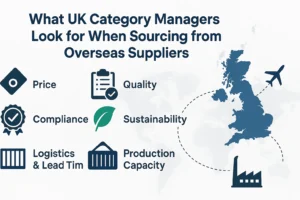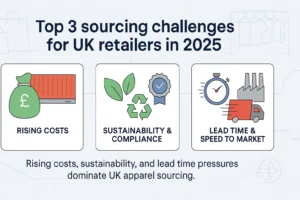Product development in the fashion industry is a complex and collaborative process. It requires multiple professionals working across departments—from initial concept to final production. Understanding the roles within this ecosystem is key to building efficient, high-quality, and trend-aligned collections.
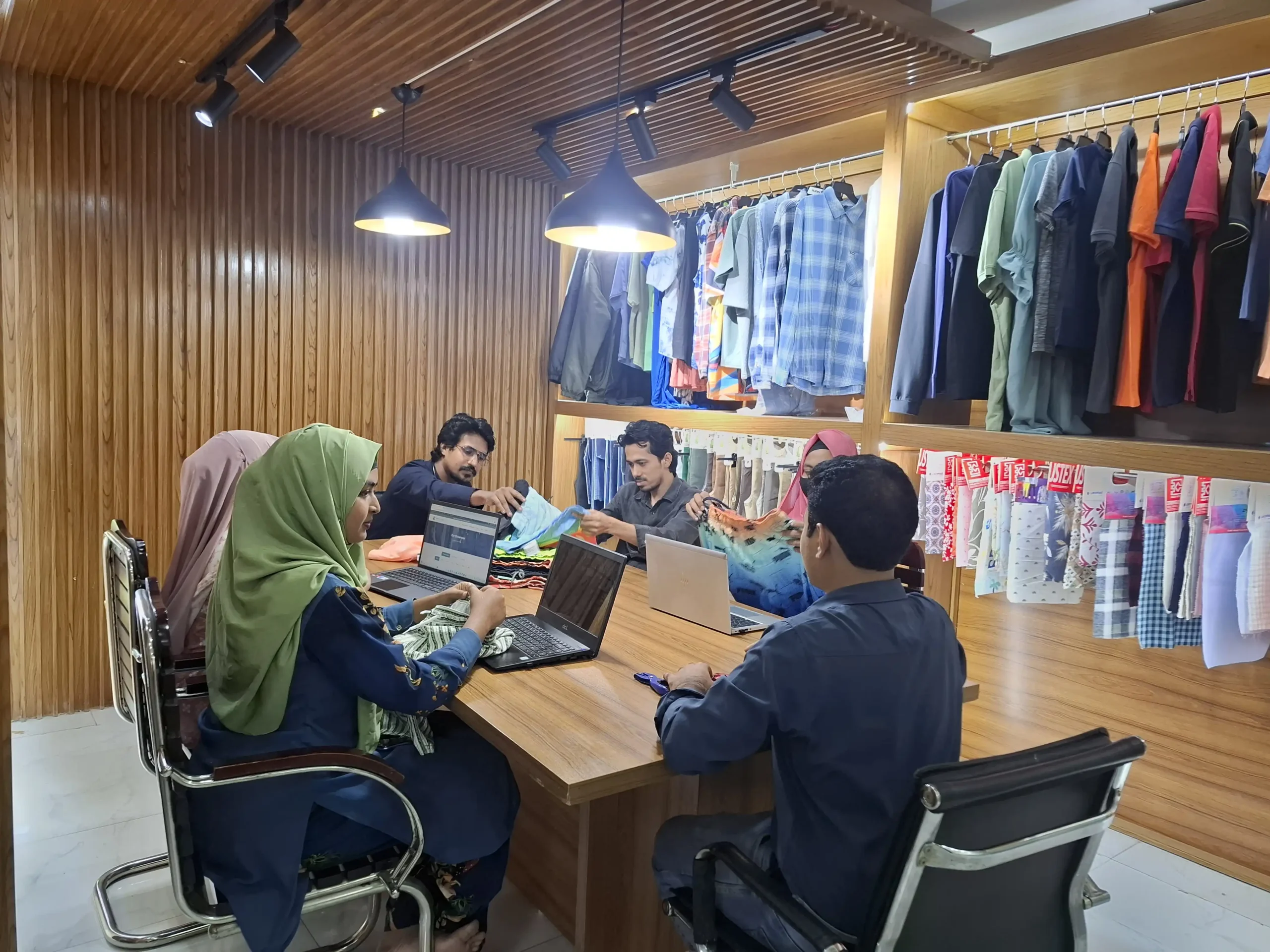
Here’s a breakdown of the most essential careers in the product development pipeline, their responsibilities, and how they work together to bring garments to life.
1. Fashion Designer
Focus: Creative direction and product concept
Key Responsibilities:
- Research trends, colors, fabrics, and silhouettes
- Develop design concepts, mood boards, and initial sketches
- Collaborate with technical and sourcing teams to align designs with feasibility
- Present collection ideas and prototypes for approval

Designers are the visionary thinkers of the product cycle. They set the aesthetic direction and ensure the product aligns with brand identity and target markets.
2. Technical Designer
Focus: Fit, functionality, and specification
Key Responsibilities:
- Translate designer sketches into technical drawings (flats)
- Create and manage tech packs, including measurements, BOMs, and construction details
- Conduct fit sessions, analyze samples, and suggest pattern corrections
- Work with factories to resolve production issues
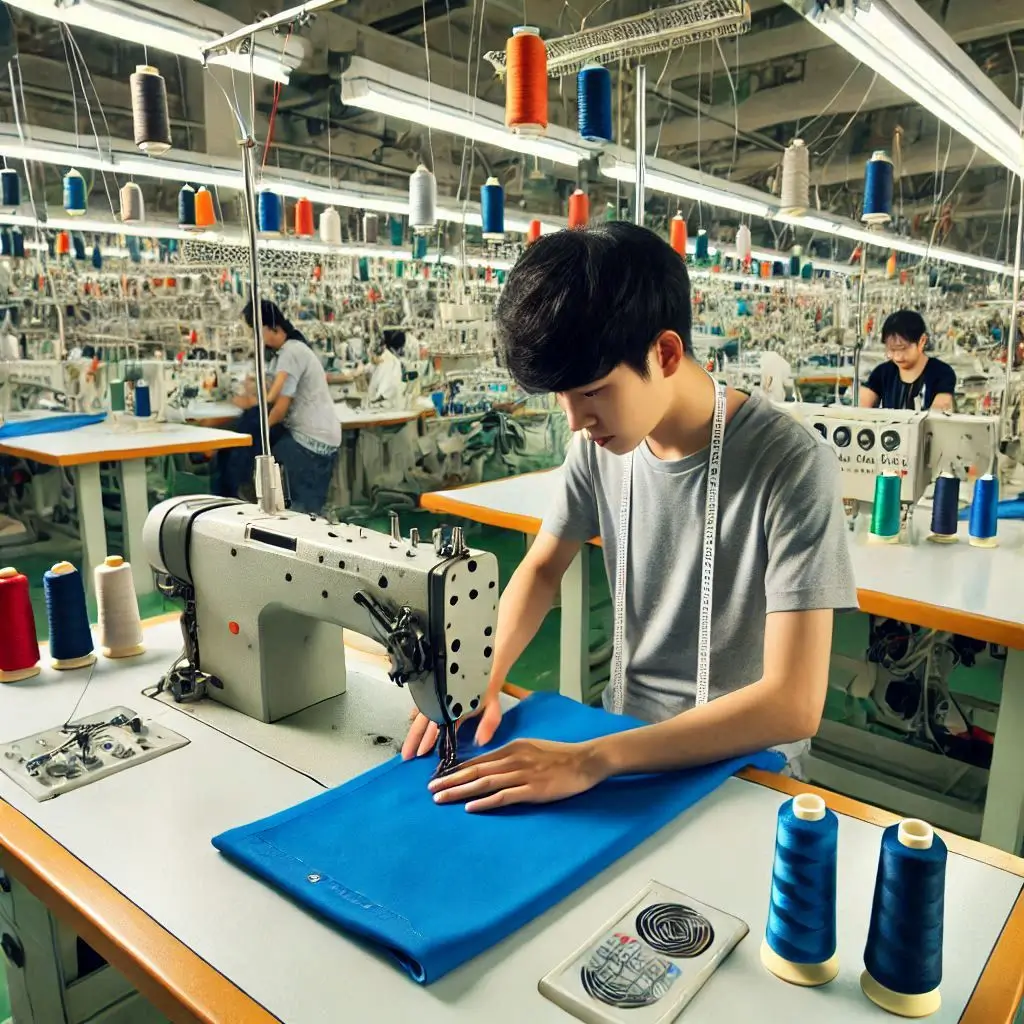
Technical designers are the bridge between creativity and manufacturing. Their precision ensures that the final garment fits well, functions correctly, and meets quality standards.
3. Product Developer
Focus: Overseeing the development process from concept to pre-production
Key Responsibilities:
- Coordinate design, technical, and sourcing teams
- Manage sample timelines and track approvals
- Review material selections, pricing, and construction methods
- Ensure all product details are finalized before production

A product developer wears many hats and is often the central project manager ensuring deadlines, costs, and quality standards are met.
4. Merchandiser (or Product Merchandiser)
Focus: Market alignment, pricing, and product strategy
Key Responsibilities:
- Analyze sales data and consumer trends
- Decide on styles, colors, and sizes for each season
- Collaborate with designers and sourcing to build a balanced range
- Plan pricing strategies and margin targets

The merchandiser ensures the right product reaches the right market at the right time. They combine commercial knowledge with product intuition.
5. Apparel Sourcing Manager
Focus: Supplier selection and procurement
Key Responsibilities:
- Identify and evaluate manufacturing partners
- Negotiate pricing, lead times, and order quantities
- Ensure factories meet compliance and quality standards
- Monitor supply chain timelines and production status
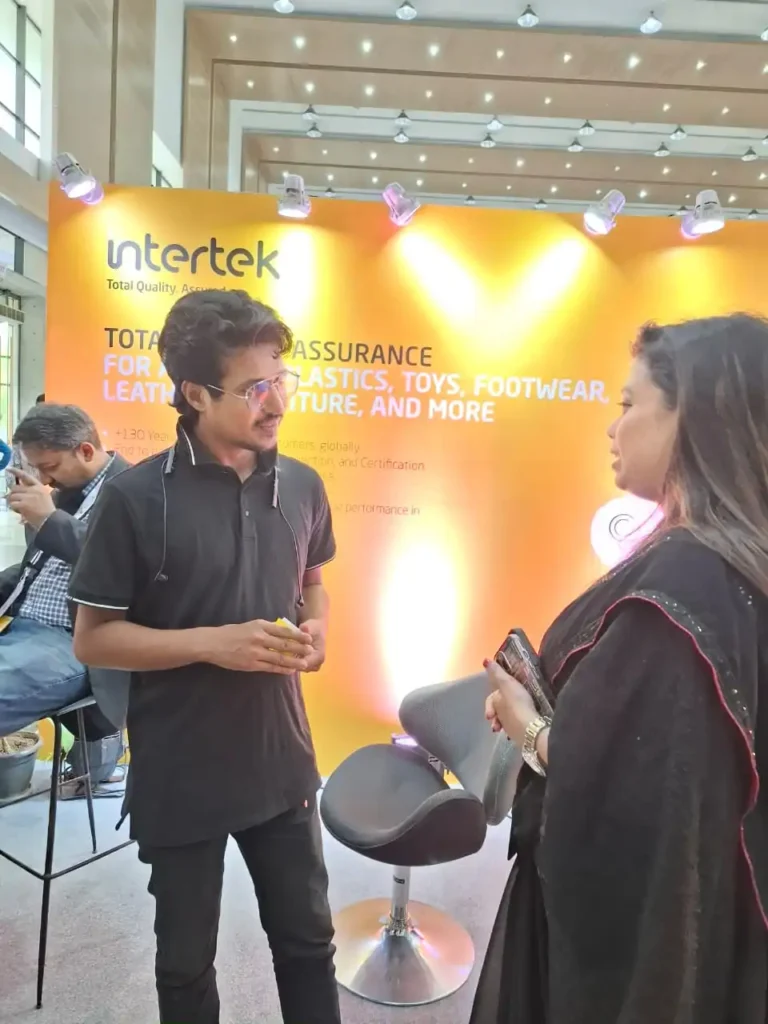
Sourcing managers are key to securing reliable, cost-effective manufacturing—especially when working with global apparel hubs like Bangladesh.
6. Specification Technician (Spec Tech)
Focus: Measurement accuracy and quality standards
Key Responsibilities:
- Maintain and update garment measurement specs
- Compare samples against size specs during fitting
- Work with technical designers to update fit comments
- Support QC during pre-production inspections
Specification technicians ensure size consistency across all styles, playing a key role in fit standardization and reducing returns.
7. Quality Control (QC) / Quality Assurance (QA) Officer
Focus: Ensuring final product quality and compliance
Key Responsibilities:
- Inspect fabrics, trims, and finished garments for defects
- Conduct in-line and final inspections during production
- Report and resolve any quality deviations with vendors
- Ensure compliance with brand and international standards
These professionals help maintain the brand’s reputation by ensuring products meet both aesthetic and performance expectations.
8. Sample Room Coordinator / Developer
Focus: Managing prototypes and sample flow
Key Responsibilities:
- Organize and track development samples at each stage
- Coordinate sample requests between design and factory
- Maintain sample library for future reference
- Support timely fit sessions and quality feedback cycles
Their organization skills help keep the development process moving, especially in fast-paced, high-SKU environments.
Conclusion
Fashion product development is truly a team effort. From creative vision to technical precision, from commercial planning to supplier collaboration—each role plays a critical part in the success of a collection.
Understanding these responsibilities not only helps brands build efficient workflows but also empowers professionals to specialize, collaborate, and innovate with purpose.
Want to streamline your product development process with a skilled sourcing and development partner?
Let’s connect and explore how we can support your next collection with technical excellence and supply chain agility from Bangladesh.




